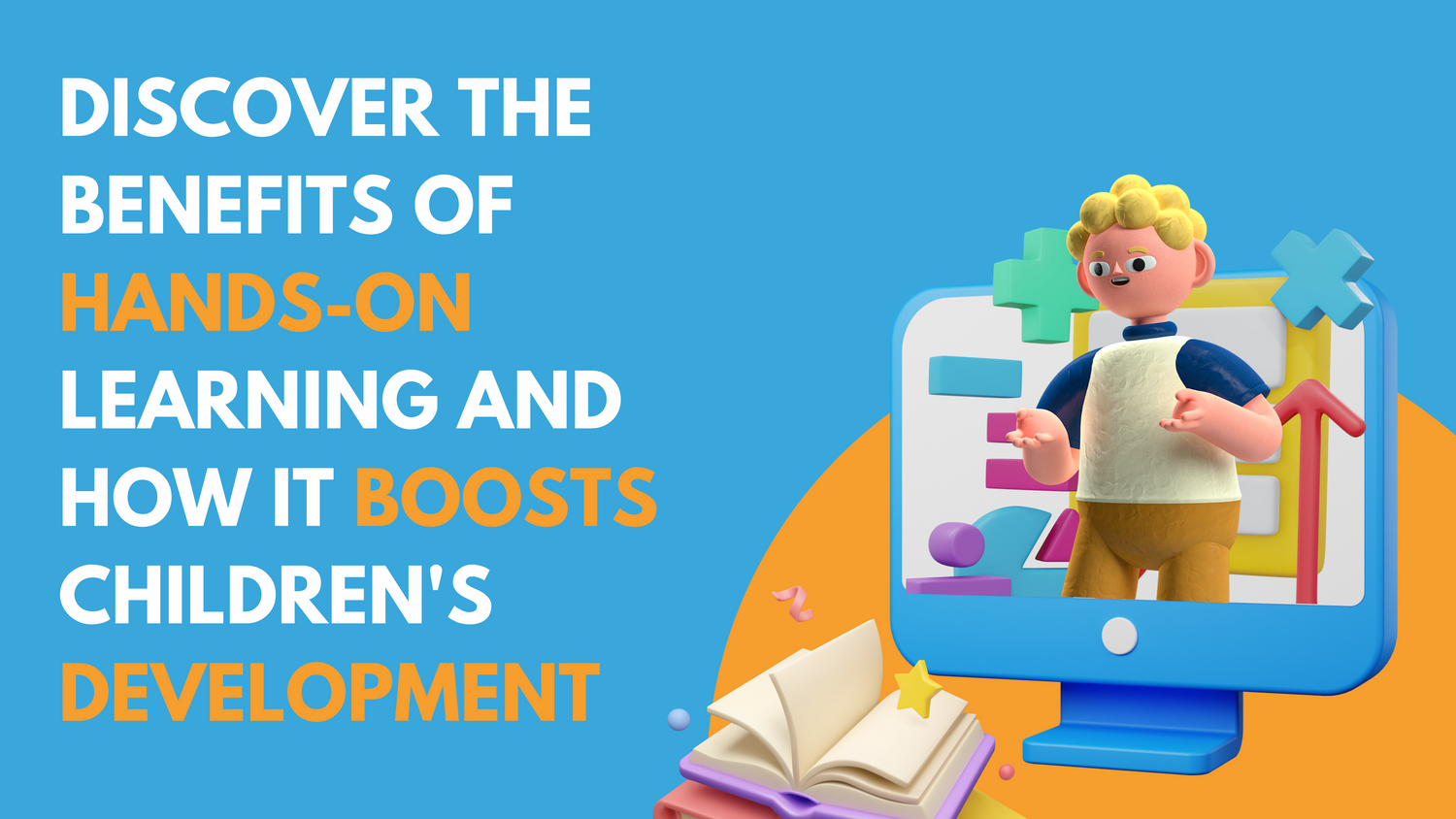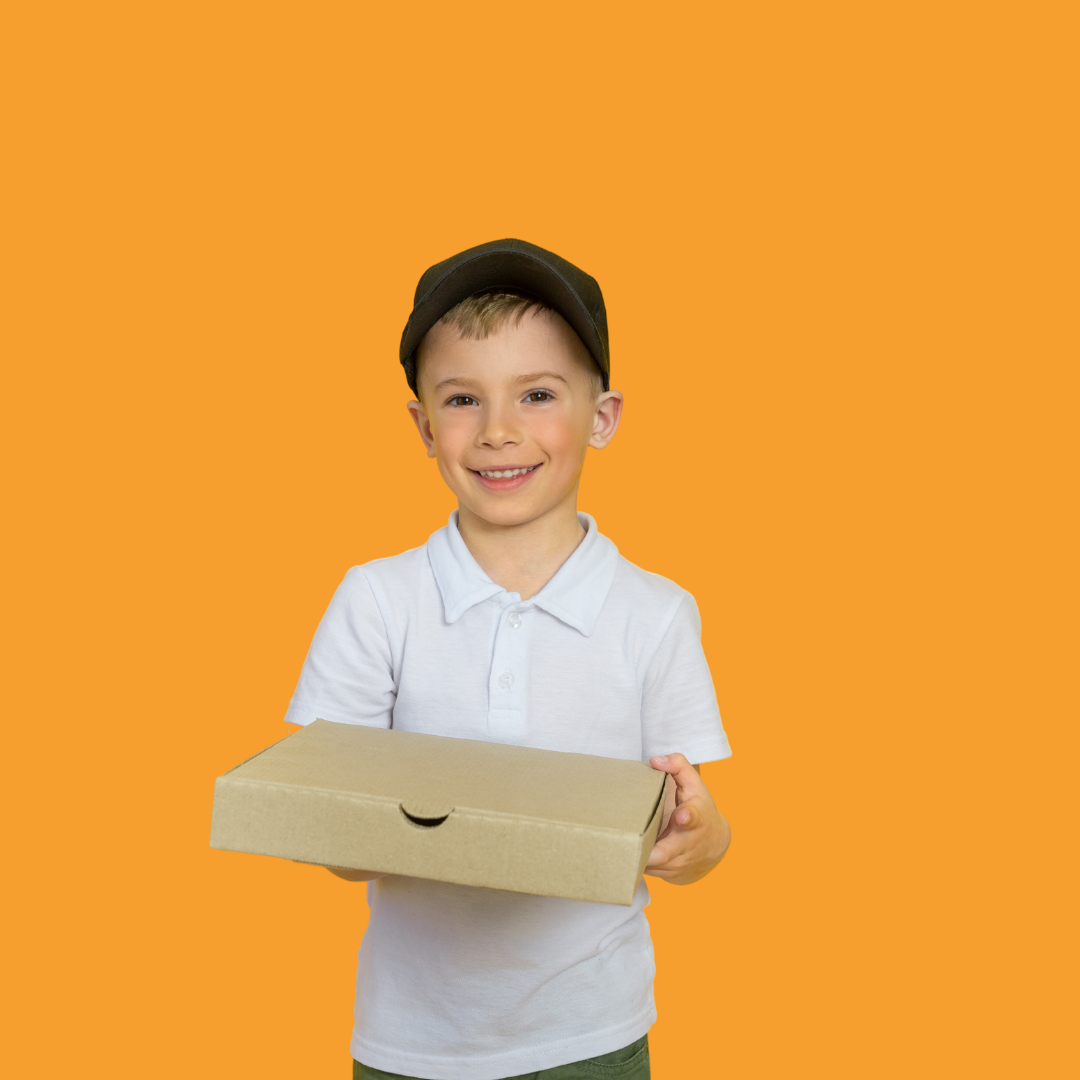The Benefits of Hands-On Learning for Children's Development

Discover the Benefits of Hands-On Learning and How It Boosts Children's Development
In an era dominated by digital screens and virtual experiences, the value of hands-on learning cannot be overstated. This experiential approach to education goes beyond traditional classroom methods, offering children a dynamic way to engage with the world around them. But what exactly is hands-on learning, and why is it so beneficial for children's development? Let's dive into the key benefits and explore how this approach can make a lasting impact on young minds.
What is Hands-On Learning?
Hands-on learning, also known as experiential learning, involves active participation and direct experience in the learning process. Instead of passively receiving information, children engage in activities that require them to apply concepts, experiment, and solve problems. This method can include anything from building models and conducting experiments to interactive games and outdoor exploration.
Cognitive Benefits of Hands-On Learning
-
Enhanced Understanding and Retention:
- When children engage in hands-on activities, they are more likely to understand and retain information. This is because they can see the practical application of concepts, making abstract ideas more concrete.
-
Development of Critical Thinking Skills:
- Hands-on learning encourages children to think critically and solve problems. By experimenting and exploring, they learn to analyze situations, make decisions, and develop solutions.
-
Stimulating Curiosity and Imagination:
- Experiential learning fosters curiosity and imagination. When children manipulate objects and materials, they ask questions and explore possibilities, leading to a deeper understanding of the world around them.
Social and Emotional Benefits
-
Improved Social Skills:
- Many hands-on learning activities involve teamwork and collaboration. Children learn to communicate, share, and work together towards a common goal, enhancing their social skills and building strong relationships with peers.
-
Boosted Confidence and Self-Esteem:
- Successfully completing hands-on projects gives children a sense of accomplishment. This boosts their confidence and self-esteem, encouraging them to take on new challenges and believe in their abilities.
-
Emotional Regulation:
- Engaging in hands-on activities helps children manage their emotions. They learn to cope with frustration, celebrate successes, and develop resilience through trial and error.
Physical Development Benefits
-
Fine Motor Skills:
- Activities like drawing, building, and crafting help develop fine motor skills. These skills are crucial for tasks such as writing, using tools, and other precision-based activities.
-
Gross Motor Skills:
- Outdoor and physical hands-on activities improve gross motor skills. Running, jumping, and playing not only enhance physical fitness but also coordination and balance.
Examples of Hands-On Learning Activities
-
Science Experiments:
- Simple experiments, such as growing plants or mixing baking soda and vinegar, teach children about scientific concepts in a fun and engaging way.
-
Art and Craft Projects:
- Creating art allows children to express themselves while developing fine motor skills. Craft projects can also teach concepts like shapes, colors, and patterns.
-
Building and Construction:
- Using blocks, Legos, or other construction materials, children can learn about engineering principles and spatial awareness.
-
Cooking and Baking:
- Cooking with children teaches them about measurements, following instructions, and the science of food, all while developing their motor skills.
-
Gardening:
- Gardening provides lessons in biology, ecology, and responsibility. Children learn about plant life cycles, ecosystems, and the importance of caring for living things.
How Griddly Kids Supports Hands-On Learning
At Griddly Kids, we understand the profound impact of hands-on learning. Our educational kits are designed to provide children with engaging, interactive experiences that promote cognitive, social, and emotional development. Here's how our kits make a difference:
-
Interactive Projects: Each kit includes hands-on activities that bring learning concepts to life. From science experiments to art projects, our kits provide a wide range of experiences.
-
Skill Development: Our activities are designed to enhance fine and gross motor skills, critical thinking, and creativity. Children learn through doing, which reinforces their understanding and retention of concepts.
-
Fun and Engaging: We believe that learning should be fun. Our kits are designed to be enjoyable and stimulating, sparking a love for learning that lasts a lifetime.
FAQs
Q: What age groups benefit most from hands-on learning? A: Hands-on learning is beneficial for all age groups, but it is particularly impactful for young children who are naturally curious and eager to explore their environment.
Q: How can I incorporate hands-on learning at home? A: You can incorporate hands-on learning at home through activities like cooking, gardening, crafting, and simple science experiments. Using educational kits, like those from Griddly Kids, can also provide structured and engaging hands-on experiences.
Q: What are the key differences between hands-on learning and traditional learning methods? A: Hands-on learning focuses on active participation and direct experience, whereas traditional learning often relies on passive reception of information. Hands-on learning tends to be more engaging and memorable, fostering deeper understanding and skill development.
Q: Are there any specific benefits of hands-on learning for children with learning disabilities? A: Yes, hands-on learning can be particularly beneficial for children with learning disabilities. It provides alternative ways to grasp concepts, caters to different learning styles, and often leads to increased engagement and motivation.
Wrapping It Up
Hands-on learning is a powerful approach that significantly boosts children's cognitive, social, and emotional development. By engaging directly with materials and concepts, children gain a deeper understanding and a greater love for learning. At Griddly Kids, we're dedicated to providing tools and experiences that make hands-on learning accessible and enjoyable. Discover our range of educational kits and watch your child's development soar!








